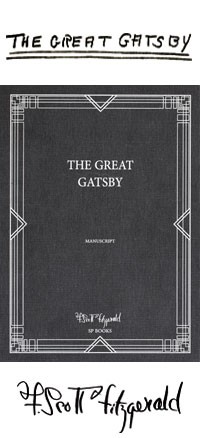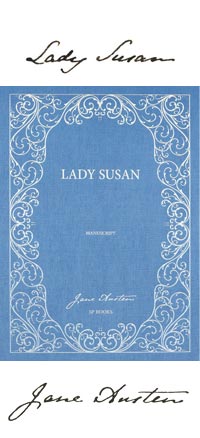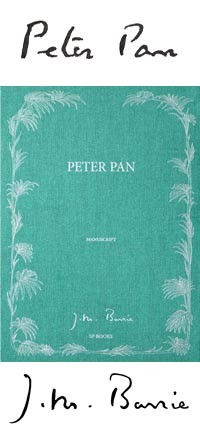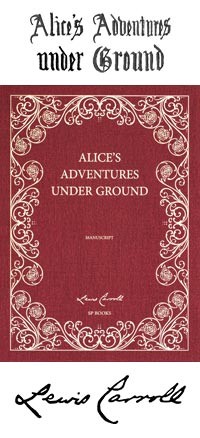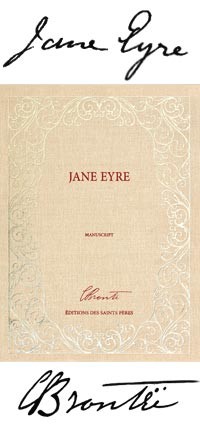Jean Cocteau
Chambres avec vues by Dominique Marny
First part editings: 120 numbered copies (I to CXX),
Printrun: 872 numbered copies (1 to 872).
Rooms with views
Large format (15 x 10'')
French edition
Jean Cocteau - Chambres avec vues, by Dominique Marny
In tribute to the 60th anniversary of the death of Jean Cocteau (d. 11 October 1963), Dominique Marny and SP Books are delighted to present this beautiful edition offering an immersive journey through the personal and artistic universe of the poet.
It is being released in a limited-edition print run of 1000 numbered copies, of which 120 are exclusive first editions. These special editions will be accompanied with a reproduction of the Jean Cocteau drawing ‘Le Destin’.
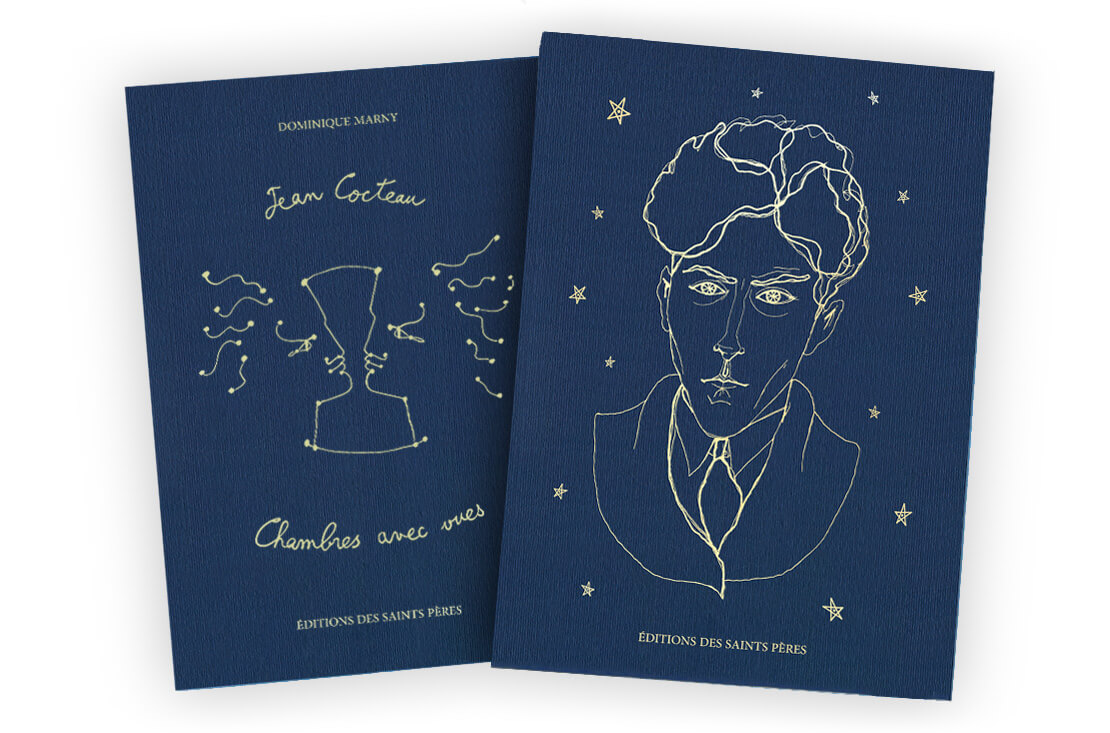
An exceptional book marking one of the greatest artists and poets of the 20th century
This edition sprung from the meticulous and passionate efforts of a team united in their talent and skills, the result of a long period of consideration led by Dominique Marny. From the writing that binds the work together to the selection of every text, drawing or photo; from ensuring every page is a harmonious balance of line and colour, right down to the choice of materials: custom-made paper, cover motifs, silver tooling, slipcases hand-assembled in workshops in France. Aside from the inspiration that guided this project throughout, nothing was left to chance.

A journey of creation with Jean Cocteau
The reader is plunged headfirst into the protean oeuvre of Jean Cocteau through the writings of Dominique Marny, alongside a spellbinding selection of the poet’s artworks, sketches, photographs, extracts, quotes and manuscripts – many of which are unpublished. Page after page, the masterful graphic design of Nicolas Patrzynski invites the reader to discover, or rediscover Cocteau’s masterpieces: La Belle et la Bête, Les Enfants terribles, Plain-Chant, La Difficulté d’être, Opium… Whether poetry, theatre, cinema, literature or the visual arts, Jean Cocteau never limited himself – he was led by his tastes, intuition, and the light of his invisible guiding spirits.
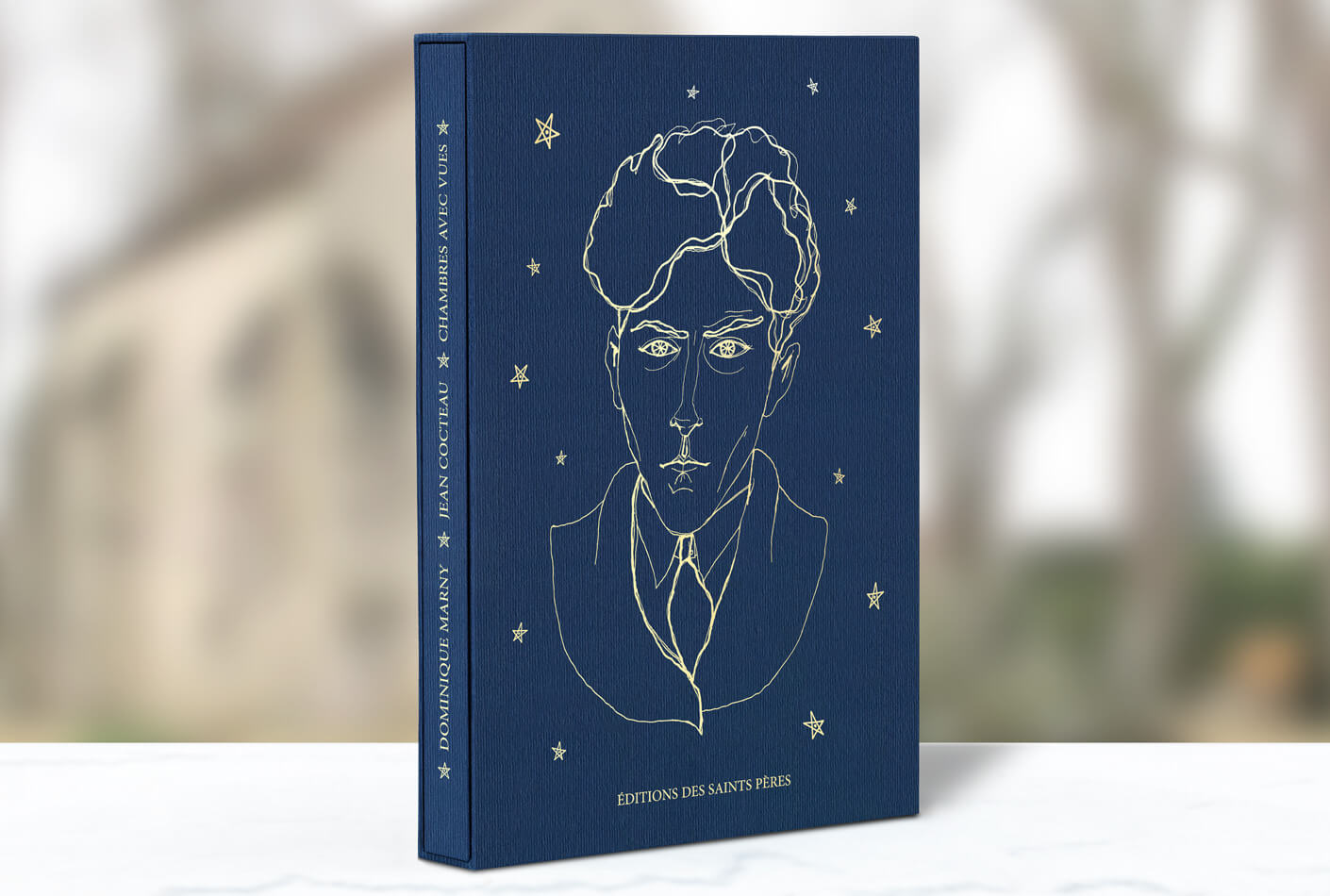
The bedroom – a prevailing theme
Entering the world of Jean Cocteau is like pushing open the door of a mysterious, bewitching hotel.
The reader is invited into the reception area, where they can pick up the keys to a series of sixteen rooms. The visitor continues down the corridor, where at every door he stumbles upon the friends and characters of Jean Cocteau.

Then come the rooms, broken down by theme: red and gold as a reminder of his childhood; metamorphoses; antiques representing his fascination with myth; lovers; mirrors; likenesses; beauties, in homage to the women who surrounded and inspired him; dreams; poisons, of which he had to rid himself; thunderstorms; enchantments; mysteries; friends; illusions; the mystical, a reminder of his fascination with things unseen.
The reader ends their dreamlike stroll at the Cabinet of Curiosities, where they may uncover some of the poet’s many secrets.
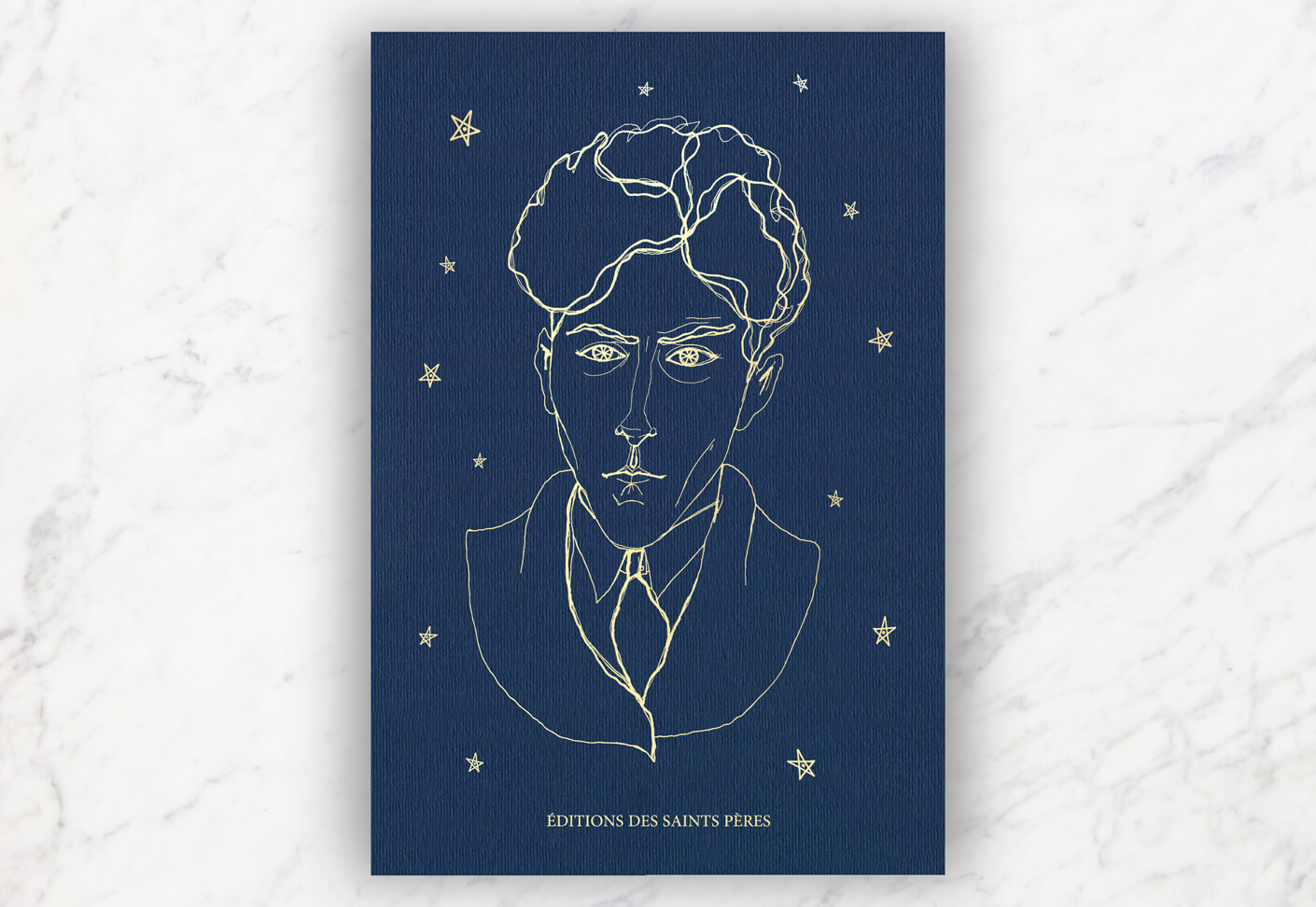
Extract from the foreword
‘If we consider the literary, theatrical, cinematic and graphic work of Jean Cocteau, the bedroom occupies a primordial place. A space of adventures and promises, of dangers and dramas, it is an integral part of his vision. Cocteau never shies away from how certain bedrooms allow him to escape the noise in order to better delve into his unconscious. Adept at sleeping while standing up, he took refuge in his subconscious dream voyages in the hotels, apartments, houses or clinics he passed through. These experiences inspired the desire to create a work revolving around the theme of THE BEDROOM. Decade after decade, room after room – real or fictional – Cocteau reveals his universe. Rooms with views allow us to get closer to this ‘famous stranger’, who escapes from the real world in order to create an alternate reality that lives up to his dreams.’ D.M.

‘The Room of Beauties’
Cocteau formed lasting bonds with certain friends whom he considered muses, or else respected for their independence of thought and ability to create. In 1911 he met the poet Anna de Noailles, losing a measure of his dandyish confidence in the face of this extremely elegant young woman. Born in 1876, Anna Bibesco Bassaraba de Brancovan married Count Mathieu de Noailles in 1897. Among her published collections, it was Le Cœur innombrable which gained most recognition amongst her peers. In no time at all Cocteau had paid her a visit at 40 rue Scheffer, where she received visitors in an oriental room cluttered with curious objects. Lying in her bed, she had a habit of speaking, or rather monologuing, at her visitors. This both annoyed and enchanted Cocteau, who, while appreciating her intelligence, viacity, humour, acerbic wit and quips, also wanted the stage to express himself. Wearing a ‘raven’s wing’ cap upon her head, the countess had immense eyes, a powerful nose, and a ‘graceful mouth, with lips curled like a rose’. To soothe an overactive mind, she would knit while declaring her lack of belief in God: “If he existed, I would be the first to know about it!” Anna de Noailles believed she knew everything about everything. Dreaming of honours and glory, she confessed to having no difficulty in writing: “The work springs forth ready!”
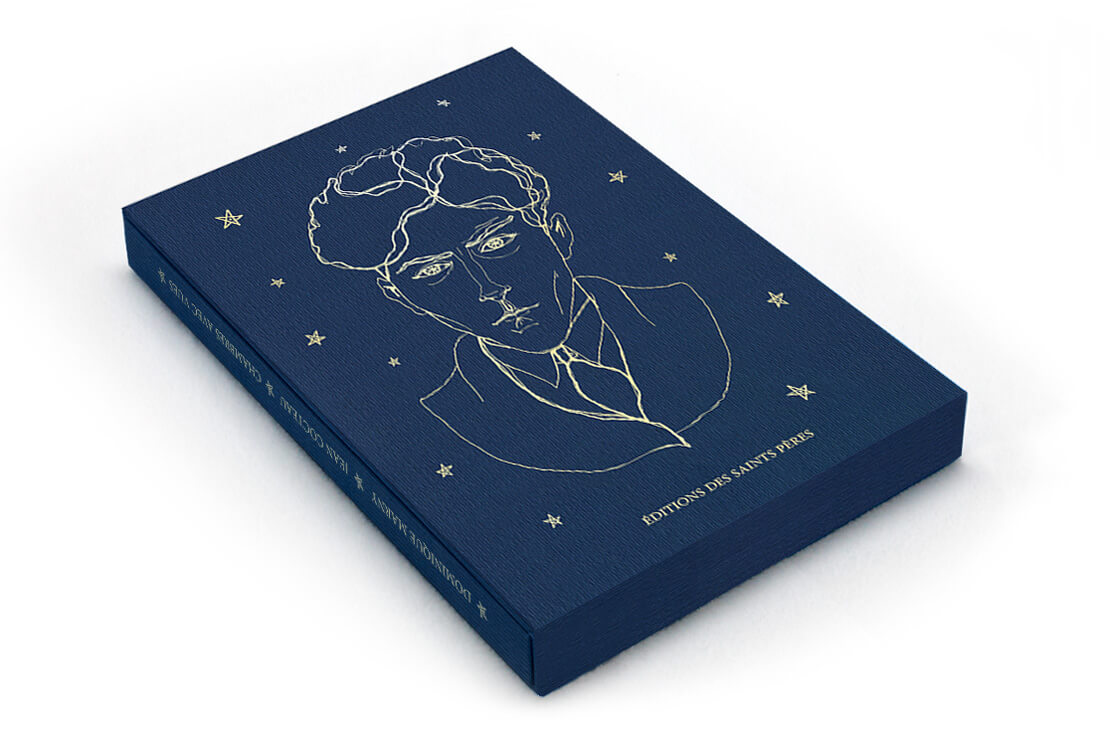
A surprise
Scan the QR code on YouTube and other platforms to discover a musical setting of Jean Cocteau’s poem ‘Un Ami dort’, created by Nicolas Dax and Amakuno.

About the writer
Dominique Marny has published numerous novels, including Jeux de clés (2016), Quai de la Perle (2019) and Villa Hestia (2022), as well as research papers and coffee-table books.
She has dedicated six works to her great-uncle Jean Cocteau, including: Jean Cocteau, archéologue de sa nuit and Jean Cocteau, le roman d’un funambule. She has curated tens of exhibitions in private and public museums, and has been president of the Jean Cocteau Committee since 2018.
Nicolas Patrzynski, has worked in the arts for many years as an artistic director, graphic designer and curator. He is the vision behind a short film, produced by the Jean Cocteau Committee, about the life of the poet. He is also the author of clés, which the reader can find in this edition.
Deluxe edition
This book was printed on Arena paper, specially manufactured for this publication. On August 18, 2023, 120 copies were printed, in grey slipcases, with the reproduction of an unpublished drawing by Jean Cocteau "Le destin", numbered I to CXX. 872 copies were bound in a midnight blue slipcase, numbered 1 to 872.
Printed with vegetal ink on
eco-friendly paper, each book is
bound using the finest materials.
Mrs Dalloway: Thanks to a new reproduction of the only full draft of Mrs. Dalloway, handwritten in three notebooks and initially titled “The Hours,” we now know that the story she completed — about a day in the life of a London housewife planning a dinner party — was a far cry from the one she’d set out to write (...)
The Grapes of Wrath: The handwritten manuscript of John Steinbeck’s masterpiece The Grapes of Wrath, complete with the swearwords excised from the published novel and revealing the urgency with which the author wrote, is to be published for the first time. There are scarcely any crossings-out or rewrites in the manuscript, although the original shows how publisher Viking Press edited out Steinbeck’s dozen uses of the word “fuck”, in an attempt to make the novel less controversial. (...)
Jane Eyre: This is a book for passionate people who are willing to discover Jane Eyre and Charlotte Brontë's work in a new way. Brontë's prose is clear, with only occasional modifications. She sometimes strikes out words, proposes others, circles a sentence she doesn't like and replaces it with another carefully crafted option. (...)
The Jungle Book: Some 173 sheets bearing Kipling’s elegant handwriting, and about a dozen drawings in black ink, offer insights into his creative process. The drawings were not published because they are unfinished, essentially works in progress. (...)
The Lost World: SP Books has published a new edition of The Lost World, Conan Doyle’s 1912 landmark adventure story. It reproduces Conan Doyle’s original manuscript for the first time, and includes a foreword by Jon Lellenberg: "It was very exciting to see, page by page, the creation of Conan Doyle’s story. To see the mind of the man as he wrote it". Among Conan Doyle’s archive, Lellenberg made an extraordinary discovery – a stash of photographs of the writer and his friends dressed as characters from the novel, with Conan Doyle taking the part of its combustible hero, Professor Challenger. (...)
Frankenstein: There is understandably a burst of activity surrounding the book’s 200th anniversary. The original, 1818 edition has been reissued, as paperback by Penguin Classics. There’s a beautifully illustrated hardcover, “The New Annotated Frankenstein” (Liveright) and a spectacular limited edition luxury facsimile by SP Books of the original manuscript in Shelley's own handwriting based on her notebooks. (...)
The Great Gatsby: But what if you require a big sumptuous volume to place under the tree? You won’t find anything more breathtaking than SP Books ’s facsimile of F. Scott Fitzgerald’s handwritten manuscript of The Great Gatsby, showing the deletions, emendations and reworked passages that eventually produced an American masterpiece (...)
Oliver Twist: In the first ever facsimile edition of the manuscript SP Books celebrates this iconic tale, revealing largely unseen edits that shed new light on the narrative of the story and on Dickens’s personality. Heavy lines blocking out text are intermixed with painterly arabesque annotations, while some characters' names are changed, including Oliver’s aunt Rose who was originally called Emily. The manuscript also provides insight into how Dickens censored his text, evident in the repeated attempts to curb his tendency towards over-emphasis and the use of violent language, particularly in moderating Bill Sikes’s brutality to Nancy. (...)
Peter Pan: It is the manuscript of the latter, one of the jewels of the Berg Collection in the New York Public Library, which is reproduced here for the first time. Peter’s adventures in Neverland, described in Barrie’s small neat handwriting, are brought to life by the evocative color plates with which the artist Gwynedd Hudson decorated one of the last editions to be published in Barrie’s lifetime. (...)














